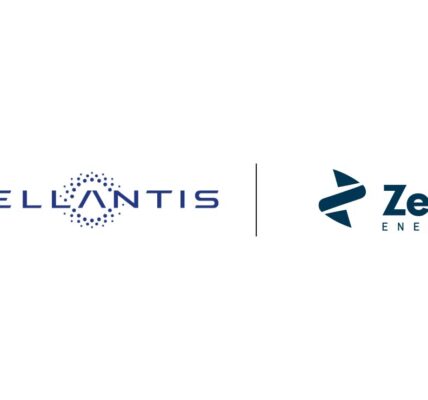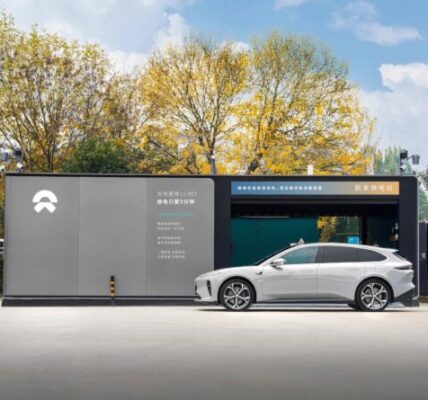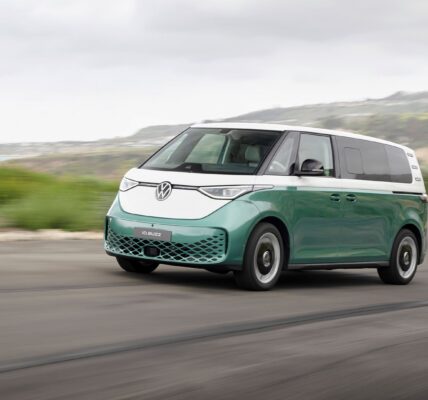Ford is collaborating with a major utility company to accelerate the country’s EV transition and provide charging infrastructure in states where it’s currently lacking.
Ford Pro, the business arm of the auto giant, is partnering with Xcel Energy, one of the largest utilities in the country, to deliver 30,000 EV charging ports by 2030.
the program will be available to any of Xcel’s 450,000 business customers with fleet operations that sign up for electric transition.
Xcel will install the charging ports and cover most of the upfront costs, while Ford will handle the software and customer support post-installation.
The program will launch in the eight states where Xcel operates, beginning with Colorado and Wisconsin, which have already granted regulatory approval, and where customers can sign up beginning in early 2024. The remaining states—Michigan, Minnesota, New Mexico, North Dakota, South Dakota, and Texas—will follow once they gain approval, possibly by late 2024.
This program is open to a range of industries that use heavy- and medium-duty vehicles (as well as city and municipal fleets).
Xcel will help them design and build out their on-site charging depots, which will likely hold a mix of fast and slow chargers. “The way we are thinking about this is: What is the most optimal infrastructure for the fleet?” says Muffi Ghadiali, head of charging at Ford Pro.
Though the program is for businesses with fleet operations, the chargers could potentially be mixed-use, Ghadiali says, depending on business’ own policies; while company vehicles charge overnight, it’s possible that the chargers could be used by employees during the day.
The program is part of Xcel’s clean energy transition plan, which includes becoming a net-zero energy provider by 2050, and achieving 80% carbon reduction by 2030; it was the first major U.S. utility to set such a goal back in 2019.
The idea is to eliminate the biggest barriers to electrification for businesses, one of which is installation itself. The other major hurdle is cost. Xcel will cover most of the upfront costs for installation. “The intention here is really to support those businesses who have considered going electric, but maybe lack the capital,” Ghadiali says. To make that up, these customers will pay a surcharge on future energy bills. (Xcel didn’t provide exact figures, but the costs will depend on both the types of chargers selected, and the number of customers on the grid.)While Ford has done some small-scale pilots, this is the first partnership of its kind, “because of the sheer scale of what we are attempting to do,” says Ghadiali, who founded Electriphi, an EV software and transition startup, which Ford acquired in 2021 and folded into the Ford Pro unit.
More notable still, it’s a concerted push to catalyze EV adoption in states where Xcel operates. In the middle of the country, there has been a big lag in adoption versus coastal states, which boasted the top eight EV markets in 2022; Los Angeles and San Francisco represented a third of all sales. Meanwhile, the Midwest has remained stagnant in EV adoption, with a 16% share from 2021 into 2022. Though there are a few reasons, a consistent one has been the lack of charger availability.
In some of those states, there is demand to electrify, particularly Colorado, which has robust state tax credit initiatives for EVs, and where EV sales have been consistently high for years. Ghadiali says that environmental factors aside, it’s also a logical business decision for businesses to electrify, given the lack of upfront costs and the long-term savings in maintaining EVs.
This program may also incentivize businesses to upgrade to Ford’s electric vehicles. “These folks have been driving F-150s and Transit vans for many, many decades now,” Ghadiali says. “And now they’re looking for electrification.” The hope is that this model also leads to similar partnerships elsewhere around the country, with other energy providers.








